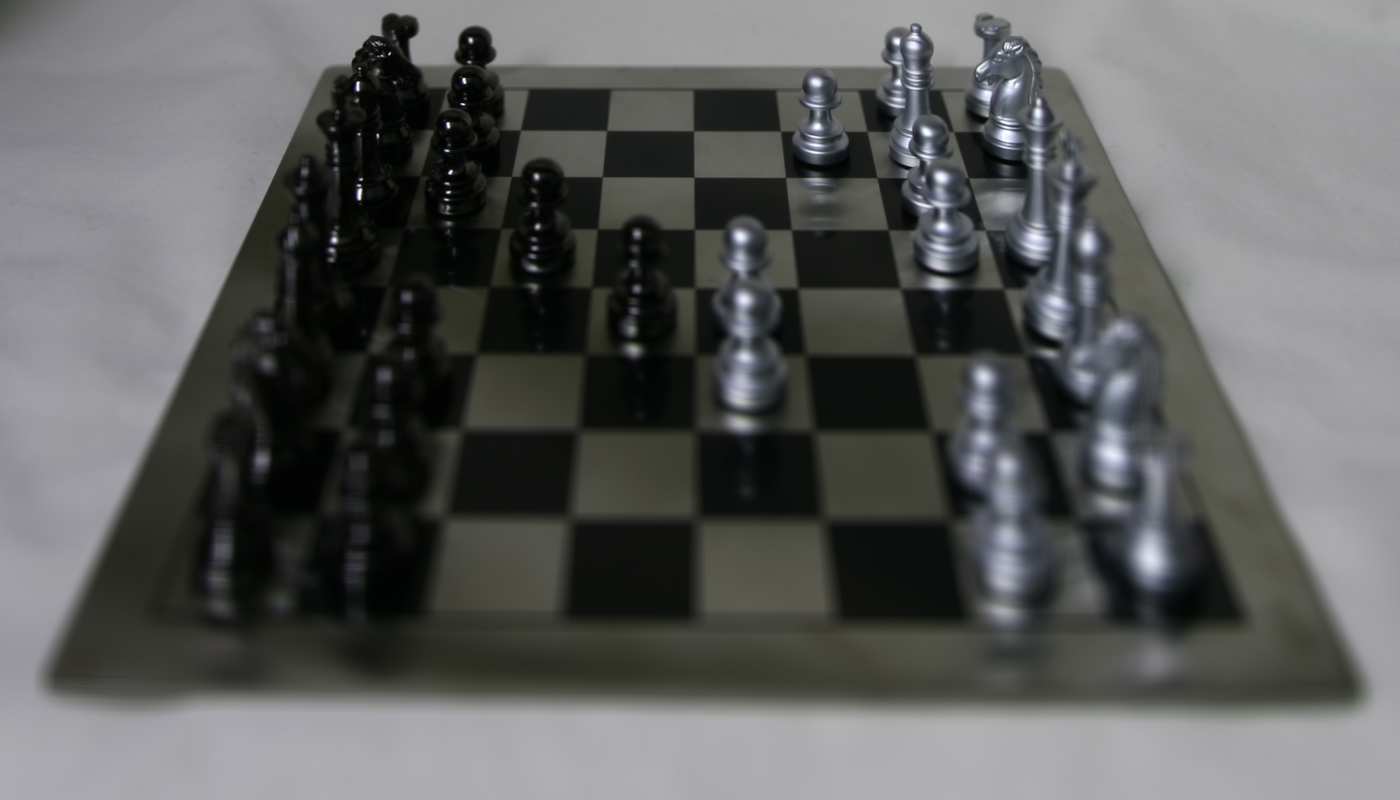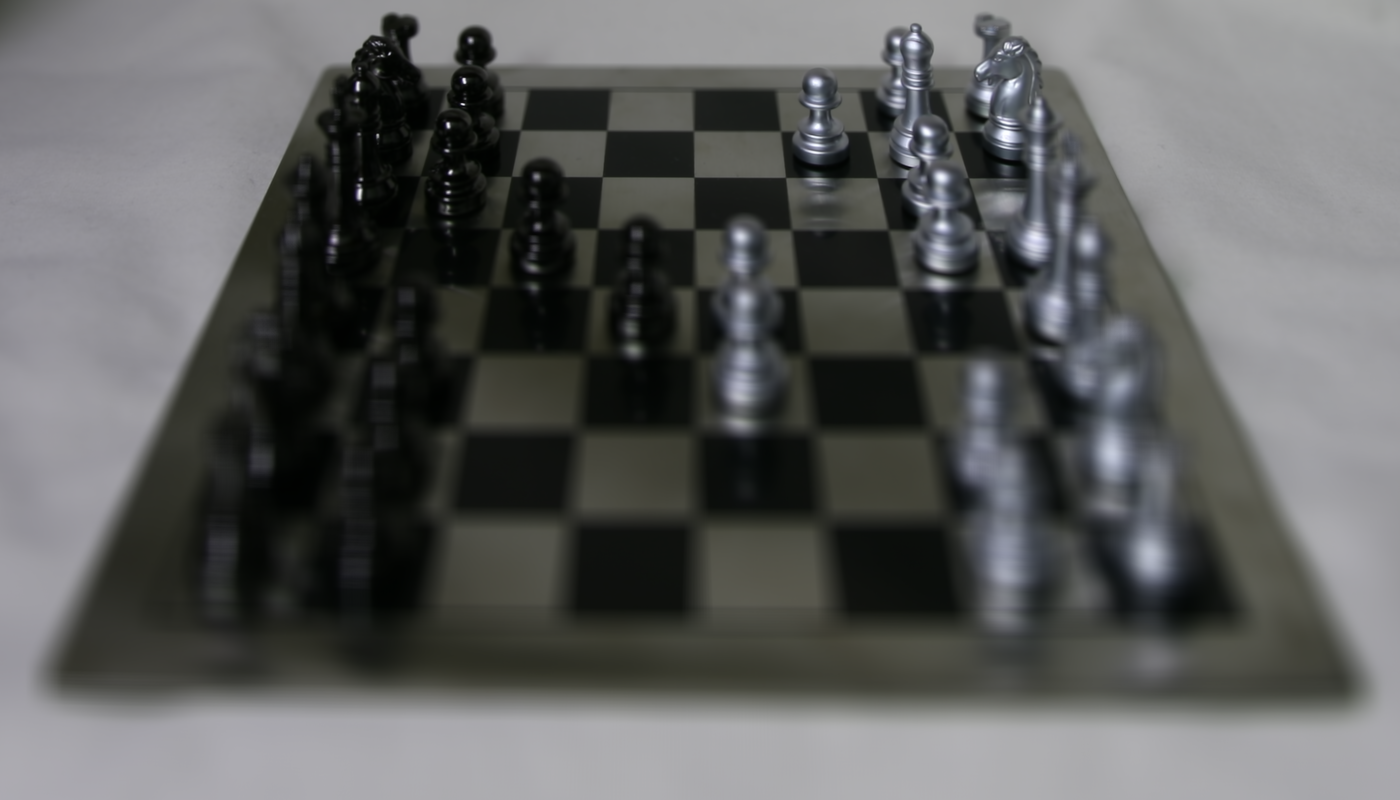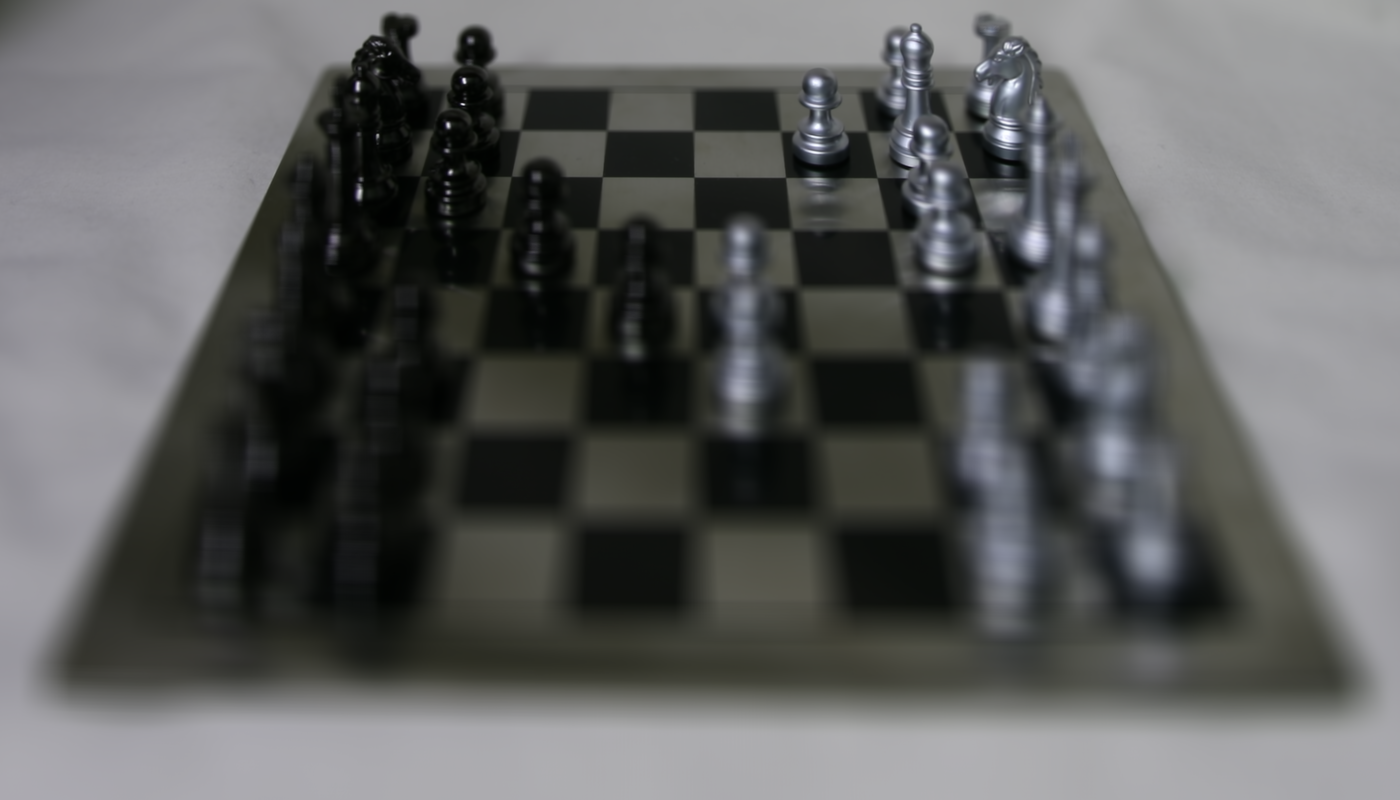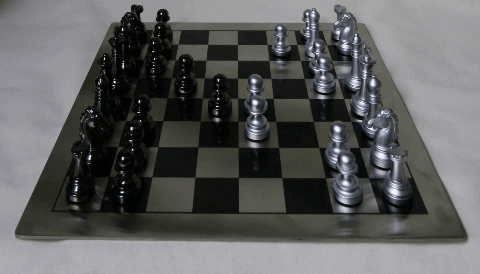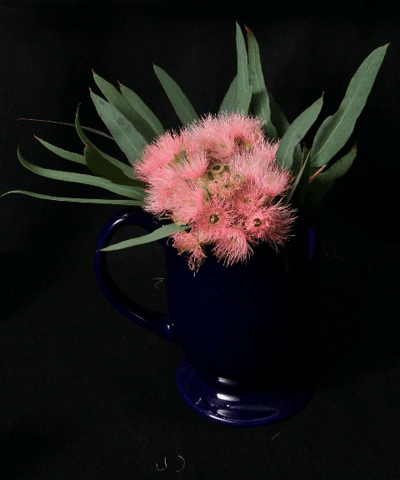Overview
2D photographs are a measure of the light entering in at a fixed direction and accumulating at each point on the camera's photosensor.
The direction these light rays enter is a function of the camera's position in the world space and the way the camera's main lens redirects these
rays towards the sensor. The nature of 2D photographs means that the position, focus and depth of the image are permanently assigned once the
photo is captured.
Lightfield cameras reject the notion of the static image by capturing the 4D lightfield information present once the photo is captured.
The lightfield captures additional information about the directional lighting distribution at each location on the sensor. This can be done with an array
of cameras, all of which are focused on the same subject but in slightly different positions, or with a microlens array (which extracts more information
from the light rays entering in a camera by using them to inform additional "microimages"). This project works with data from the Stanford multi-camera
array which employs the former technique.
Even though the subjects of each image taken by the cameras in the camera array are the same, they were constructed from different light distributions
due to the difference in the camera's positions. Therefore, each image represents a sampling of the light field present when the scene was captured.
The lighting info used to construct these array of images can be resorted to create new images that vary in focal length, aperture or even location taken.
Part 1: Depth Refocusing
Depth in an image is a result of a camera's focal length and aperture. In this exercise, we will be computationally adjusting the focal length to generate
a series of images that focuses at different depths in the scene.
The Stanford camera array is a 17 x 17 array of cameras. This means there is a total of 289 images for each light field photograph. The center image was captured by the camera at position (8, 8). We will use this camera and its focal length as a baseline. For each image taken by the other cameras, we will calculate the offset of the center of its image from the center of our baseline image. We will then scale this offset by a constant value and shift the image by this shifted offset. These images will be summed together and divided by the total count. The result of performing this operation on the entire image array is an alignment of the focal point in the image, where the location of that focal point is determined by the constant value.

|
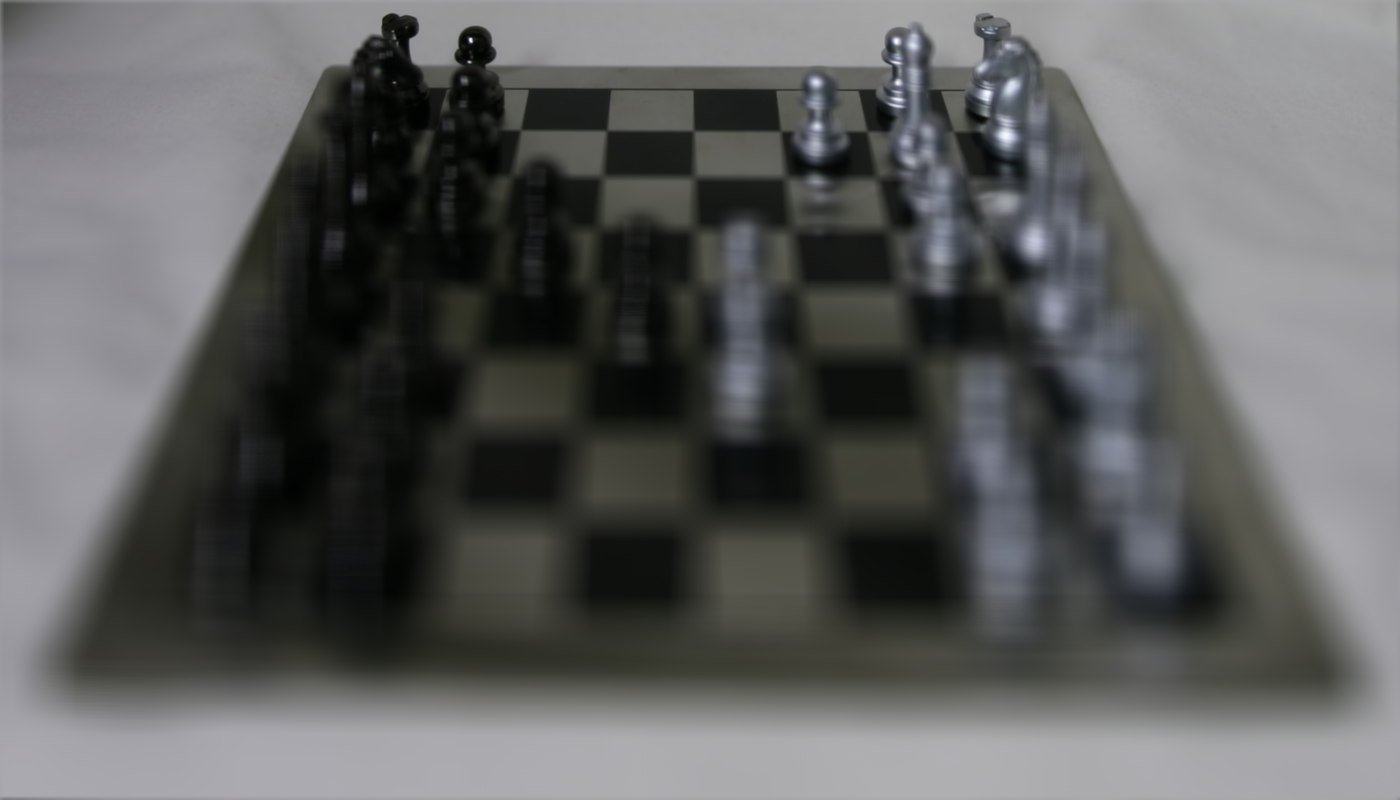
|
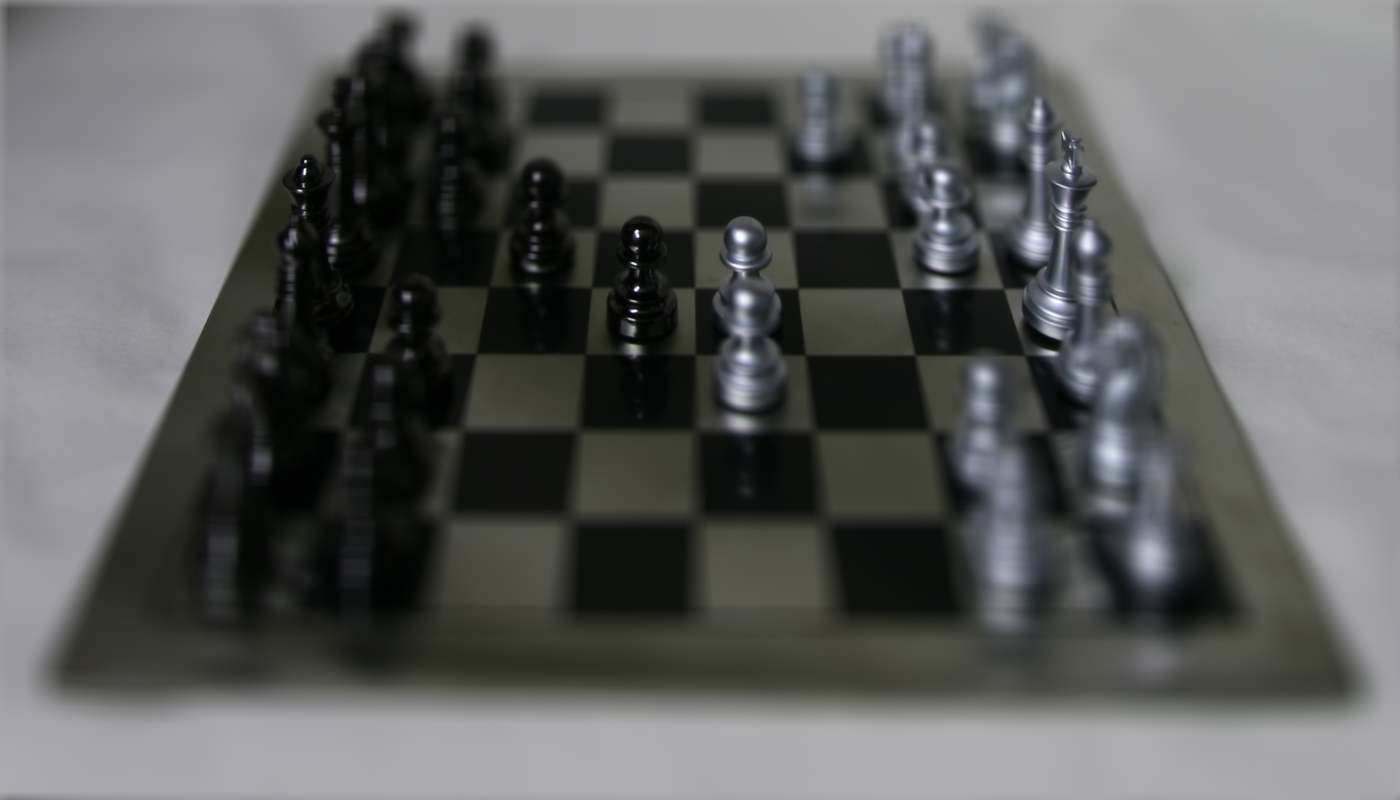
|
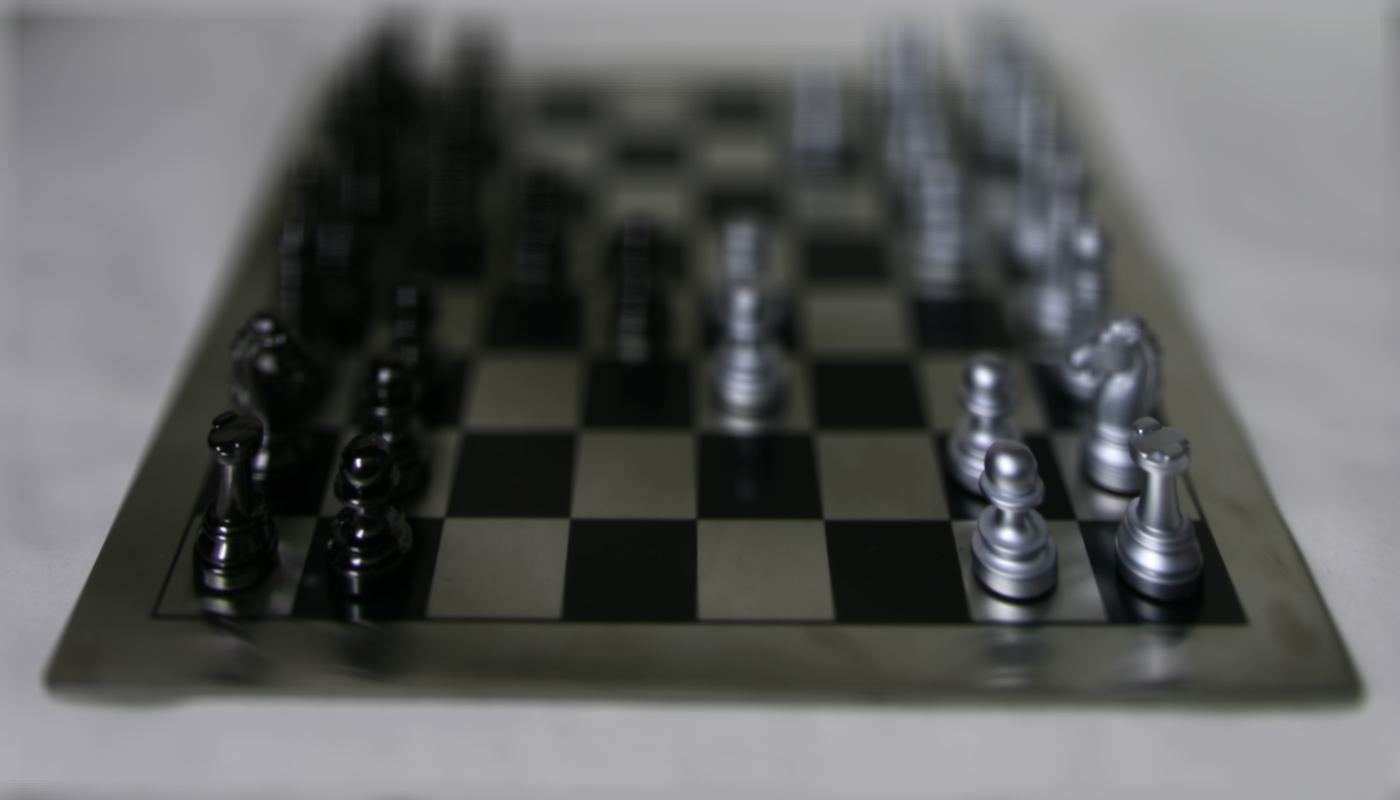
|
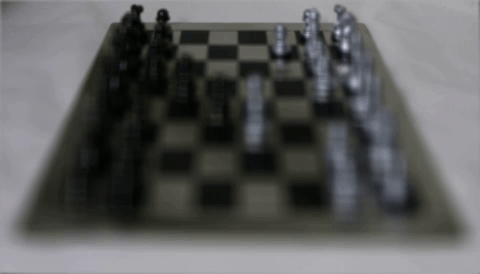
|
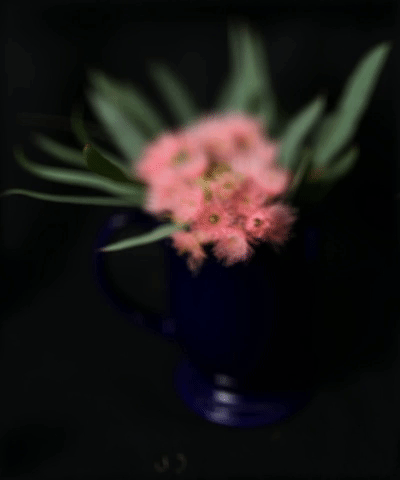
|
